Cytokines in Trauma and Hemorrhage

Summary
Six contributions examine the release of cytokines in both experimental and clinical trauma, and hemorrhage, and discuss the experimental studies which suggest that early, prophylactic antagonists may have therapeutic efficacy in reducing morbidity and mortality in severely injured patients. Coverage includes the molecular biology of cytokines and their antagonists, bacterial translocation and its relationship to cytokine release, the experimental basis for cytokine antagonist therapy in trauma as well as in wound healing, the relationship of cytokines and antagonist therapy in lung injury, and clinical results of cytokine antagonist studies in septic patients. Distributed by Chapman & Hall. Annotation c. by Book News, Inc., Portland, Or.
Similar Books
-
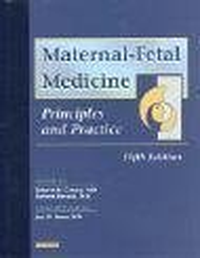 Maternal-Fetal Medicine
Maternal-Fetal Medicineby Robert K. Creasy
-
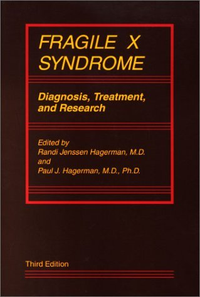 Fragile X Syndrome: Diagnosis, Treatment, and Research
Fragile X Syndrome: Diagnosis, Treatment, and Researchby Randi Jenssen Hagerman MD
-
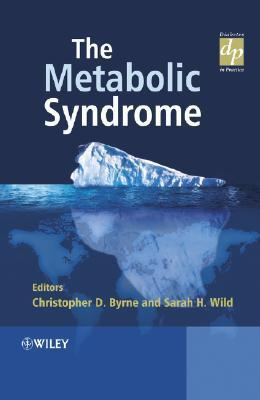 The Metabolic Syndrome
The Metabolic Syndromeby Christopher Byrne
-
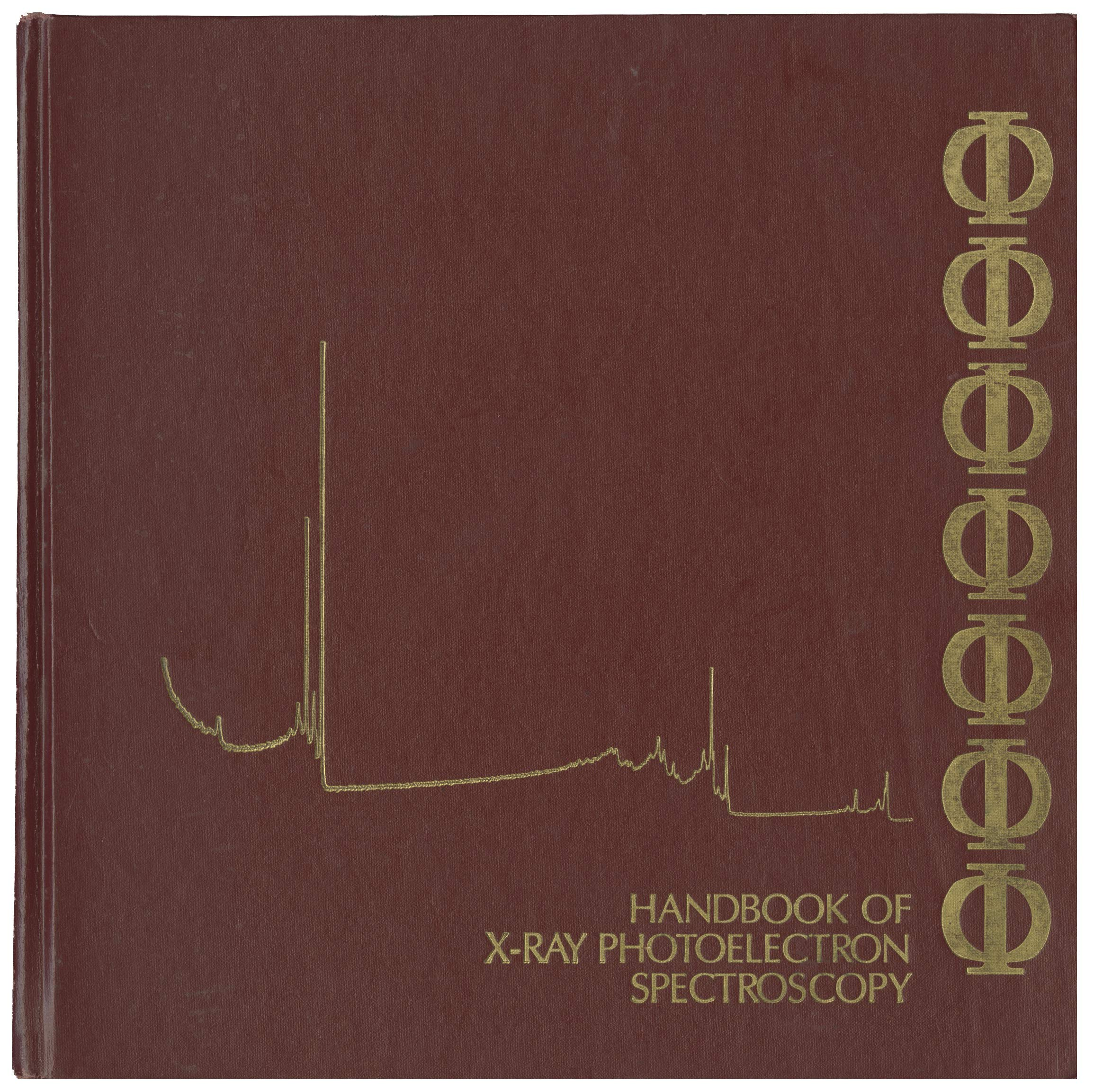 Handbook of X Ray Photoelectron Spectroscopy
Handbook of X Ray Photoelectron Spectroscopyby John F. Moulder
-
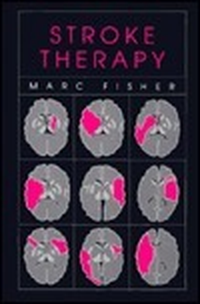 Stroke Therapy
Stroke Therapyby Marc Fisher
-
 The Design of Analgesic Clinical Trials
The Design of Analgesic Clinical Trialsby Mitchell B. Max
-
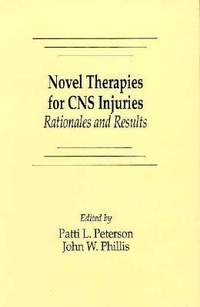 Novel Therapies for CNS Injuries: Rationales and Results
Novel Therapies for CNS Injuries: Rationales and Resultsby Patti L. Peterson
-
 Acute Stroke: Bench to Bedside
Acute Stroke: Bench to Bedsideby Anish Bhardwaj
-
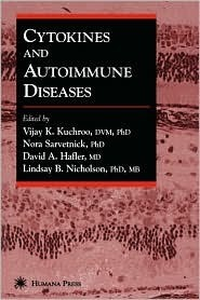 Cytokines and Autoimmune Diseases
Cytokines and Autoimmune Diseasesby Vijay K. Kuchroo
-

-
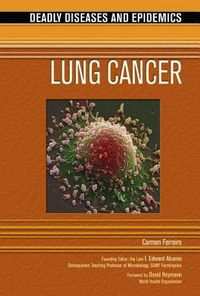 Lung Cancer
Lung Cancerby Carmen Ferreiro
-
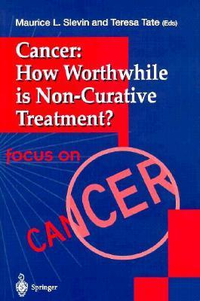 Cancer: How Worthwhile Is Non-Curative Treatment?
Cancer: How Worthwhile Is Non-Curative Treatment?by Teresa Tate
-
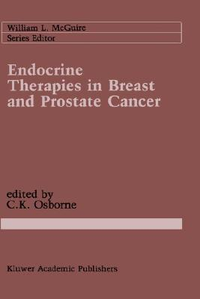 Endocrine Therapies in Breast and Prostate Cancer
Endocrine Therapies in Breast and Prostate Cancerby C. Kent Osborne
-
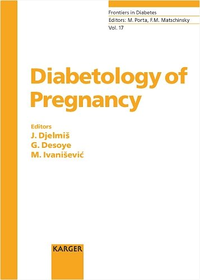 Diabetology of Pregnancy
Diabetology of Pregnancyby J. Djelmis
-
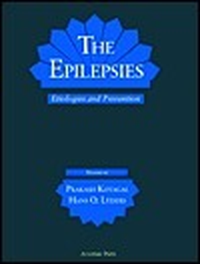 The Epilepsies: Etiologies and Prevention
The Epilepsies: Etiologies and Preventionby Prakash Kotagal